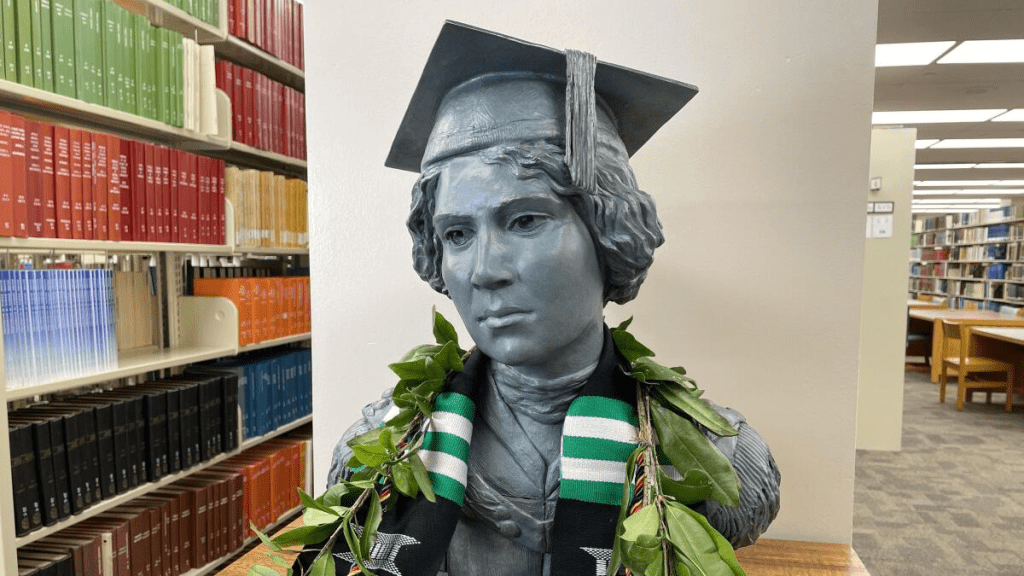In the early 1900s, a diagnosis of leprosy was almost like a death sentence socially and physically. Also known as Hansen’s disease, leprosy was feared for its disfiguring symptoms and the widespread misunderstanding that surrounded it. Patients were often sent to remote colonies, isolated from their families and stripped of their dignity.
At that time, there was no effective treatment. The only option doctors had was chaulmoogra oil, a traditional remedy extracted from the seeds of the Hydnocarpus tree. It had been used for centuries in India and China but with little success when administered orally or topically. The oil was thick, sticky, and incredibly painful to inject. Worse, it often caused severe side effects and offered inconsistent results. For many, hope seemed out of reach.
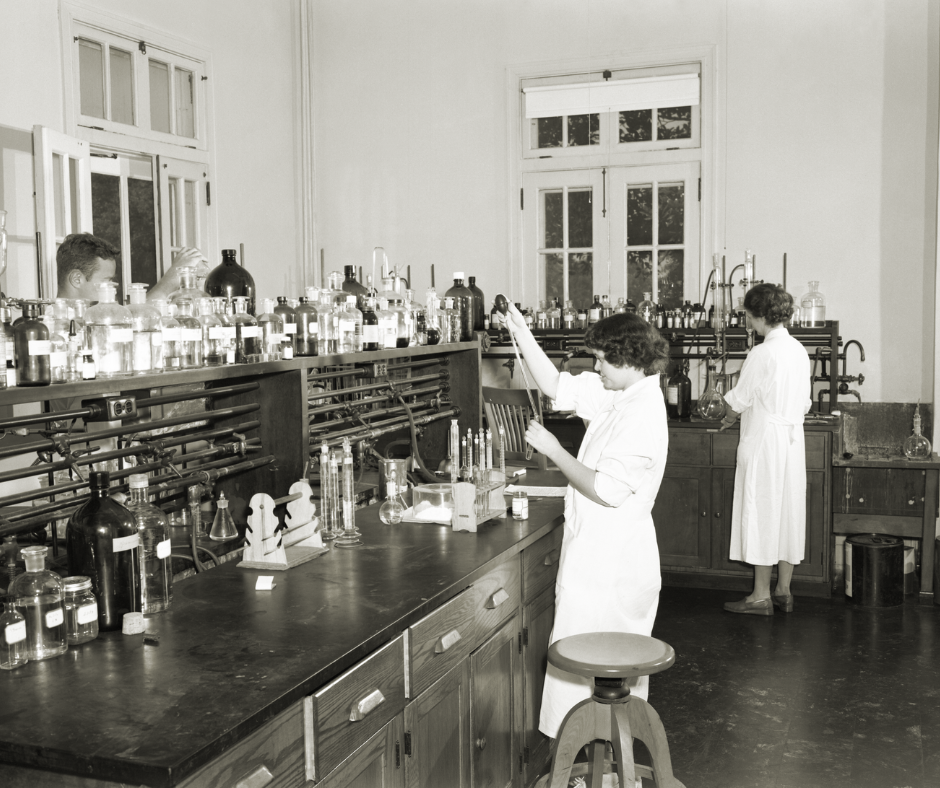
Enter Alice Ball: A Young Scientist with a Vision
Alice Augusta Ball was a brilliant young chemist who refused to accept that there was no better solution. Born in 1892 in Seattle, Washington, Ball was a trailblazer from the beginning. She became the first African American woman to graduate from the University of Hawaii and, remarkably, the first to teach chemistry there.
In 1915, at just 23 years old, Ball was studying the properties of chaulmoogra oil in hopes of finding a better way to deliver it. She knew that the active compounds in the oil were promising, but they needed to be made more absorbable by the human body. What she did next would change medical history.
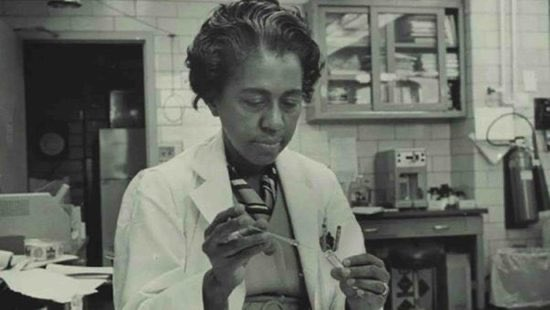
The Birth of the “Ball Method”
Using her skills in chemistry, Ball discovered how to isolate the ethyl esters of the fatty acids in chaulmoogra oil. She then modified them to make the oil injectable and more easily absorbed into the bloodstream. This process, later known as the “Ball Method,” made it possible for leprosy patients to receive effective treatment for the first time.
Video:
Alice Ball – Unsung Heroes of Science 2022
The results were groundbreaking. Patients who had been resigned to lifelong isolation began to recover. They were able to return to their homes, see their families again, and live with dignity. Her discovery gave thousands a second chance at life.
A Legacy Overshadowed, Then Rediscovered
Tragically, Alice Ball died just one year later in 1916 at the age of 24. She never lived to see the full impact of her discovery. Even worse, for many years her work was not properly credited. Arthur L. Dean, then-president of the University of Hawaii, took over her research and published it without acknowledging her contributions. It was not until decades later that historians and scientists began to recognize Alice Ball for the pioneer she truly was.
Thanks to efforts by scholars and advocates, her legacy has finally been restored. In Hawaii, every leap year is celebrated as “Alice Ball Day,” in honor of her remarkable breakthrough and the lives she helped transform.
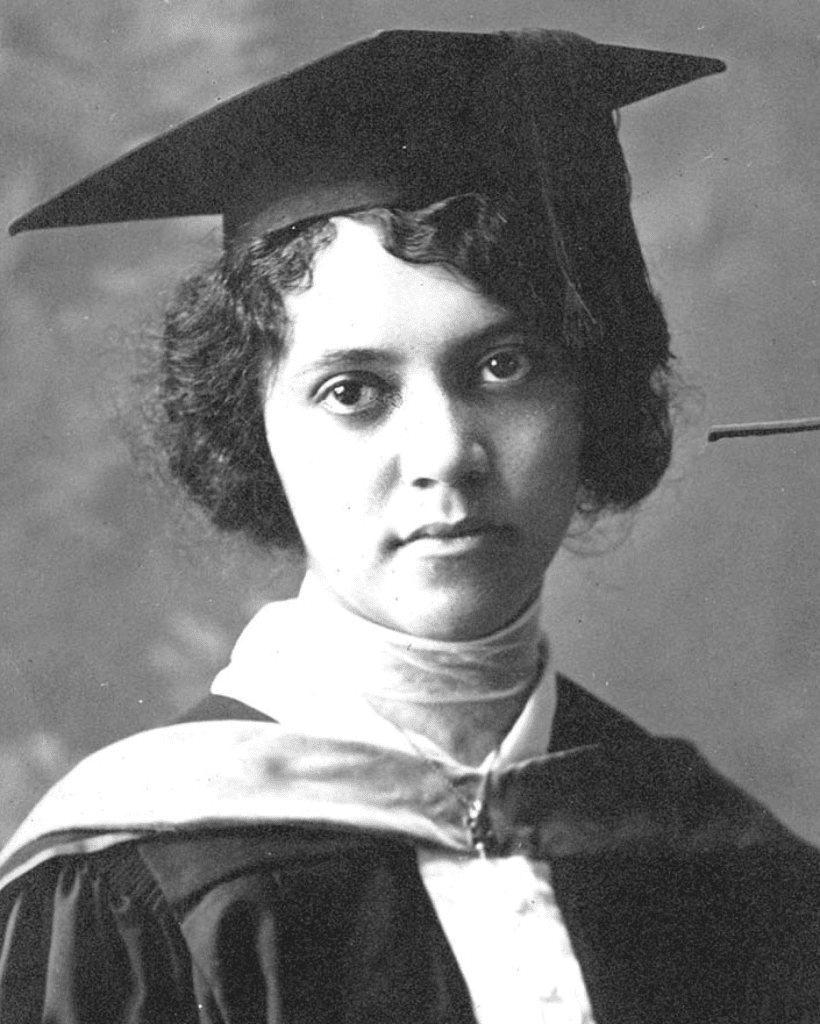
The Ball Method’s Impact on Global Health
For nearly two decades, the Ball Method was the gold standard for leprosy treatment around the world. It remained the most effective method until the development of antibiotics in the 1940s and 1950s. But for countless people during that earlier time, Ball’s discovery meant the difference between despair and hope, between abandonment and reunion.
She did not just improve a drug she changed lives. Her work laid the foundation for modern drug delivery systems and highlighted the critical role of young, diverse scientists in advancing global health.
Video:
Have You Heard of Alice Augusta Ball? | Miranda Cosgrove’s STEM Loft
Remembering Alice Ball Today
Alice Ball’s story reminds us that some of the most powerful transformations come from individuals who are often overlooked. She was a young Black woman in early twentieth-century America, a time and place where her achievements were doubly rare. Yet she changed the course of medical history through her brilliance, determination, and compassion.
Today, students learn about her in science courses, murals of her face decorate campuses, and medical professionals honor her memory. Her method may no longer be in use, but her impact lives on in every person who dares to think differently and fight for a better way.
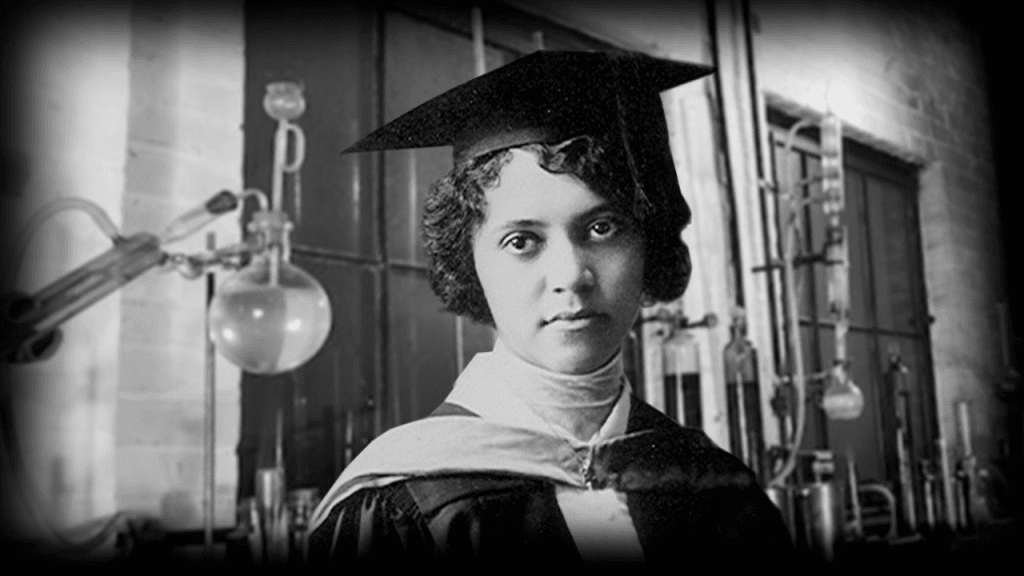
Conclusion: A Life That Gave Others a Future
Alice Ball may have lived a short life, but the legacy she left behind is enduring. She took a traditional remedy and turned it into a powerful treatment. She gave leprosy patients hope at a time when they had none. And she did it all with quiet brilliance, without fanfare or fame.
Now, more than a century later, the world continues to celebrate her courage, intellect, and compassion. Her story is one we should never forget.
